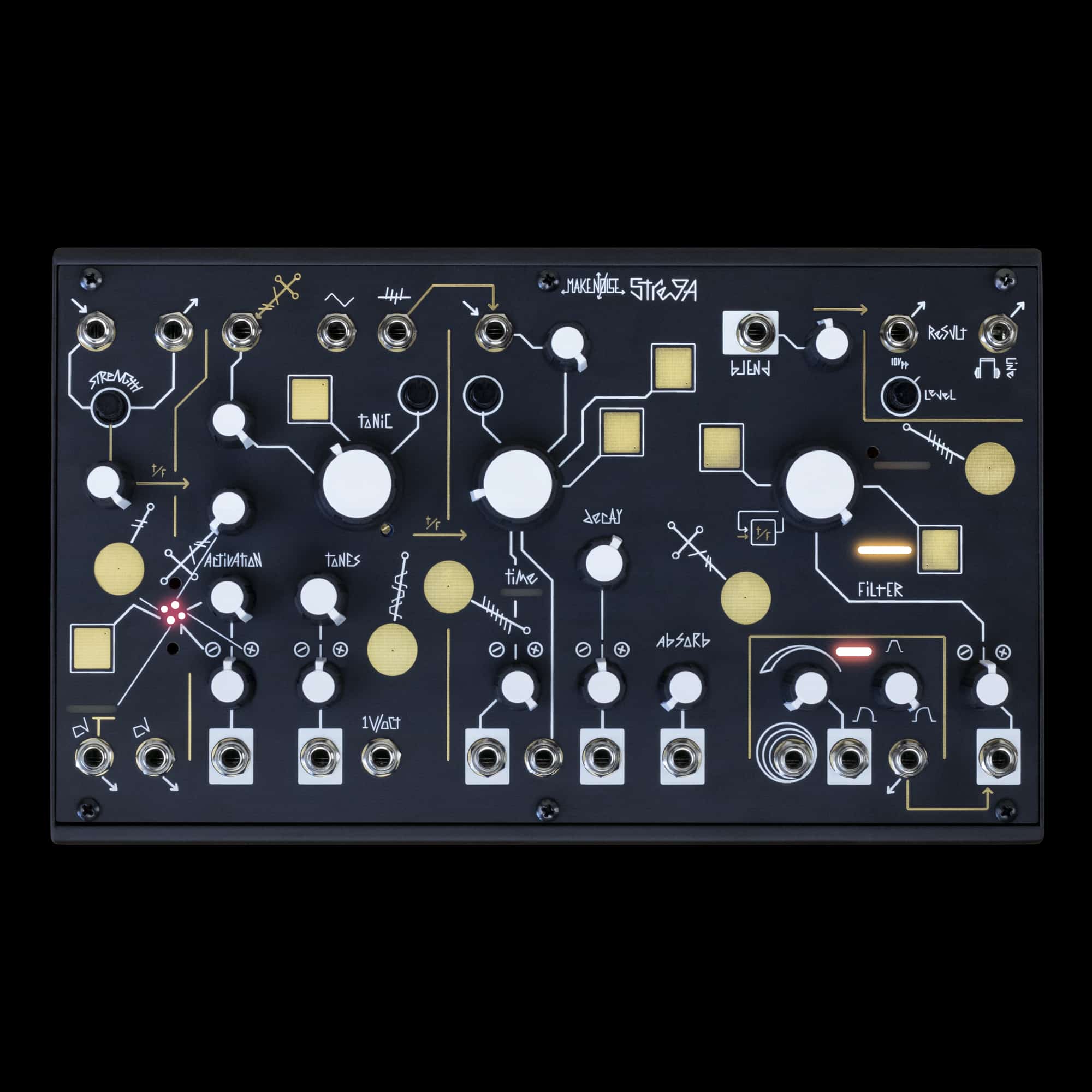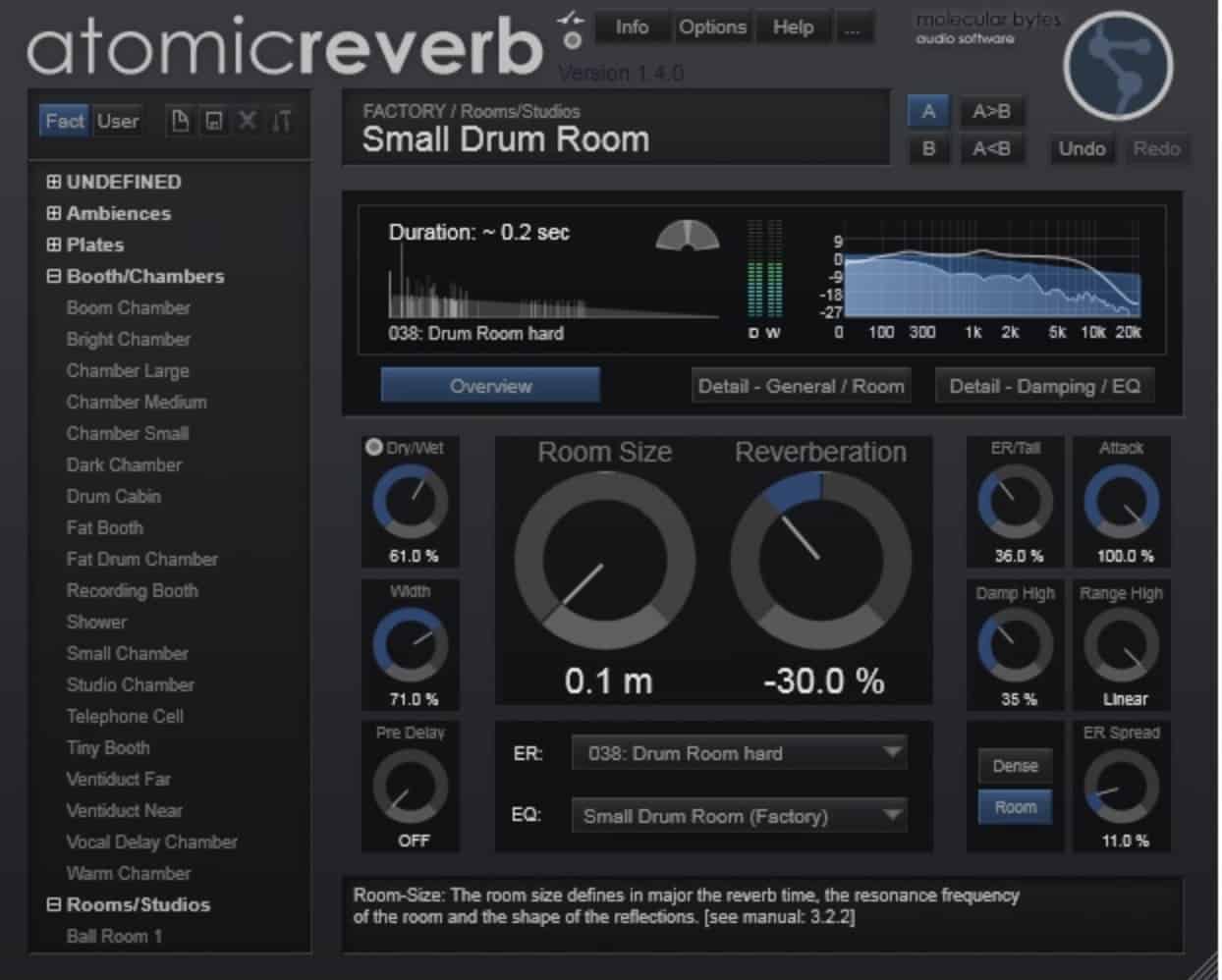Church Bell Sound Effects from Malta
A couple of days ago I was able to record over 40 minutes of new church bell sound effects here in Malta at the Hal Safi Church!

▽ ▽The story about the church bell sound library▽ ▽
One evening I was able to visit the Hal Safi Parish Church and because of a friend who lives in Malta and knows the priest, I was able to record the melodic sounds of the bells right next to the bell tower three times from two different perspectives.
I knew it was going to be loud, and that’s where a 32-bit recorder really shines.
The bell tower has four different bells. If you do not know which bell will strike next and how strong, you can quickly distort such audio files with incorrectly set gain levels. With a 32-bit recorder, I hardly had to worry about that. I used the Audio Technica 4025 as the external microphone.
These recordings are recorded from the rooftop of the church.
At the same time, I used the Zoom H8 together with two Sennheiser MKH 8040 and placed this setup in the courtyard under the bell tower.
The Zoom H8 is a 24-bit recorder and to make sure that I don’t distort the audio files, I kept the gain lower on this device.
[bandcamp width=100% height=120 album=2991394287 size=large bgcol=ffffff linkcol=0687f5 tracklist=false artwork=small]Recording church bells isn’t always easy due to so many environmental factors and I am so grateful that I was able to record these melodic church bell sounds from such a short distance.
Many thanks to Marcelle and the priest at the Hal Safi Parish Church.
The recording time was 5 pm and the reason why the church bells are longer than usual was because of a feast for the Conversion of Saint Paul.
▽ ▽Download Sound Library▽ ▽










